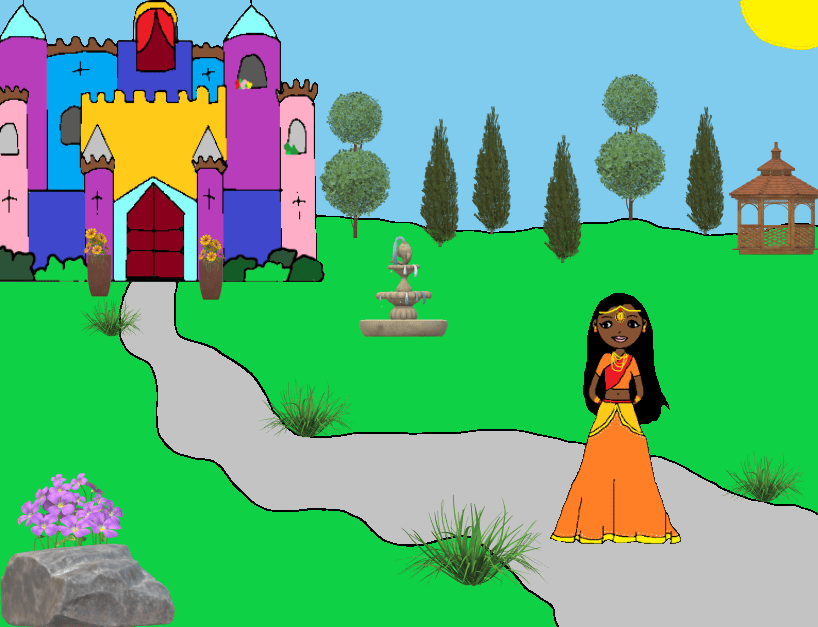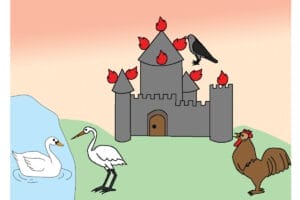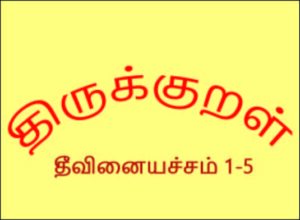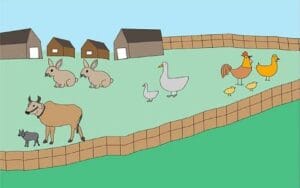Your child does everything with a book in her hand. You want to know what is so captivating, and you ask her questions about the story. Have you ever wondered how she got all that information from the book? Probably not. Is there something you should know?
Definitely!
Some children develop comprehension strategies on their own. But for most others, these strategies must be taught intentionally. We must not assume that they will learn on their own. While schools will do the bulk of the teaching, you can expand your child’s education by keeping yourself informed about how and what your child learns. These don’t involve sending your child to camps or tuition classes. It’s all about enriching your child’s learning by engaging with them purposefully.
Today we’ll talk about stories—made up or based on real life. What does a child need to know about stories? Don’t they understand them as soon as they read one?
Well, what do stories do for us, other than entertain? Have you ever been inspired by a story you read, or have you learned something new after reading one? Stories are powerful. They make you see the world through someone else’s eyes. If you notice your reading habit, you probably choose a particular type of book or genre-maybe you like mysteries or science fiction. Look at what your child wants to read—is it fairy tales or stories with animals?
If we teach children the text structure of stories, they know to look for information to understand the story when they grab a book and start to read.
What does narrative texture include?
There are three parts to a story — the beginning, the middle, and the end. So what do these sections contain?
To understand that, a reader must know the five essential elements of a story.
Every story has these five elements:
- Setting: where and when does the story happen? For instance, fairy tales occur in a particular place and time—in a kingdom or forest, once upon a time. But if you read a biography of Gandhi, you’ll have to understand where the events happen—Is it in South Africa, or is it in pre-independence India. The clothes, mood, people, and events in the two books are directly related to the place and time of the story.
- Characters: Who is the story about, people or animals? Is there a good or bad guy, or friends of the good guy and friends of the bad guy? All the action in the story revolves around the characters.
- Plot: What happens in the story? The events or the action in the story. There is always a problem that the main character has to solve. The plot describes the events that lead to the solution.
- Conflict: The problem, the why of the story. If there’s no conflict in the story, it is nothing but a series of events. The conflict ties the events together, making the story meaningful and exciting.
- Theme: it is the central message of the story. Some fairy tales may be all about marriage, and others about bravery or action. Or, if we take the Panchatantra stories, the moral of the story is the underlying theme.
Now, let’s go back to what I said about the three parts of the narrative text: the beginning, middle, and end.
The beginning of the story is where the author introduces the characters and the setting. You are also introduced to the problem that the main character faces.
In the middle of the story, the main character takes steps to solve the problem. It may not be resolved immediately, and there may be additional problems too. The middle of the story is where all the action is. And all this action moves the story towards the climax. The main character must decide how to solve the problem and do it.
The end of the story has the climax, where the problem is solved. Immediately after, the action slows down. All the loose ends are tied, and the story ends.
Now, do you see the structure of the story? What will you do with this knowledge? When your child reads a book, you can tie the pieces together and prompt them to think critically about what they’ve read.
A few years ago, I met this bright child who went to a posh school. His class put up a play on Jack and the Beanstalk, and he narrated the story to me. I asked him a simple question, “Why do you think Jack stole all those things from the giant?” The child stared at me silently for about a minute or so and then replied, “My teacher did not teach me that.” The child was fluent in English- he had no difficulty with the language. He was perfectly capable of putting his thoughts together and forming opinions, but he had never been encouraged to do so. He could not think for himself and give me his point of view about Jack’s actions! What a disservice to the child!
Your child’s school may teach these strategies, and then again, they may not. But you can use this information to help your child think beyond the what and where questions. A word of caution for you—don’t make your reading time at home a test of comprehension. Keep it enjoyable and short.





